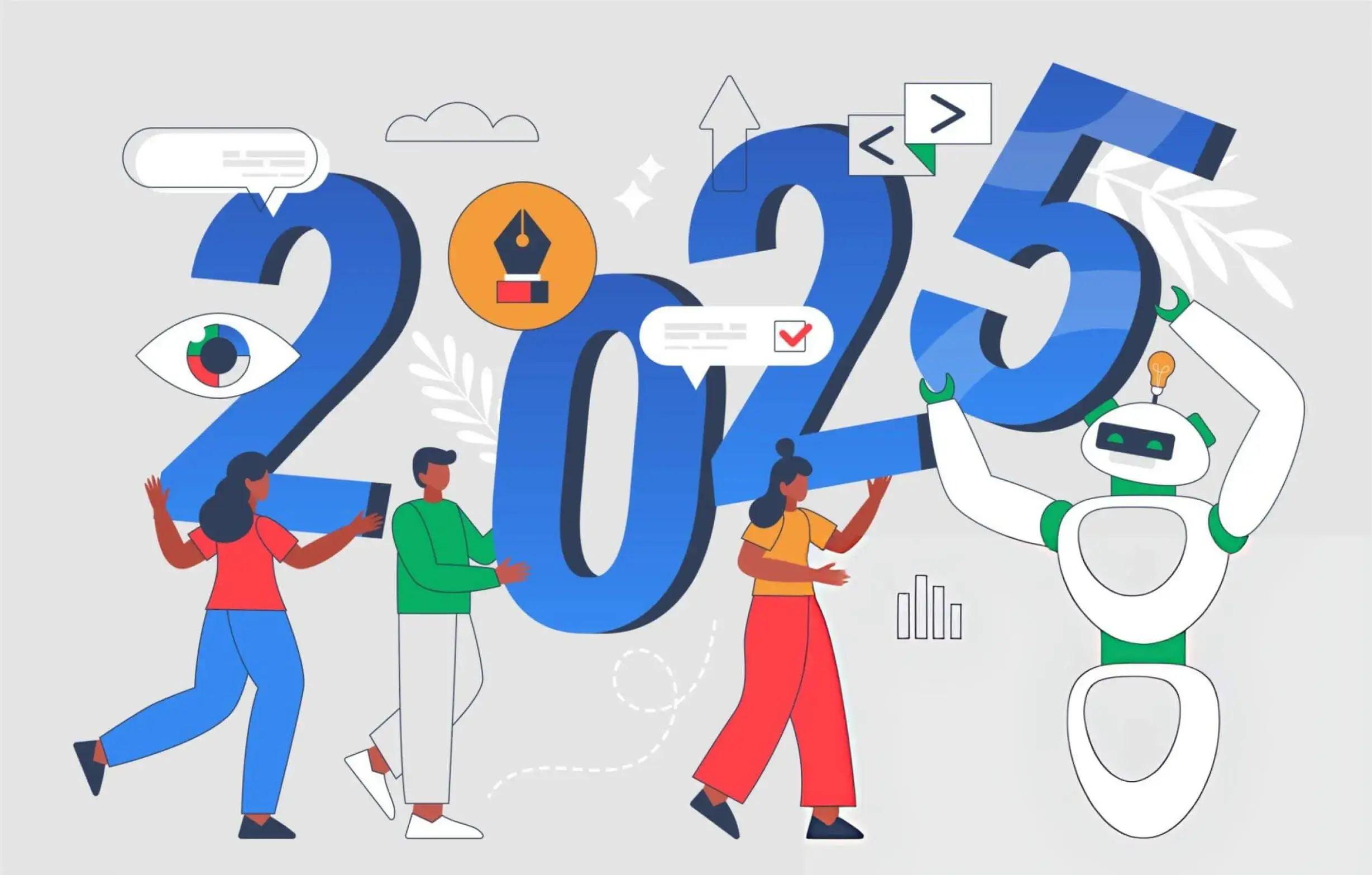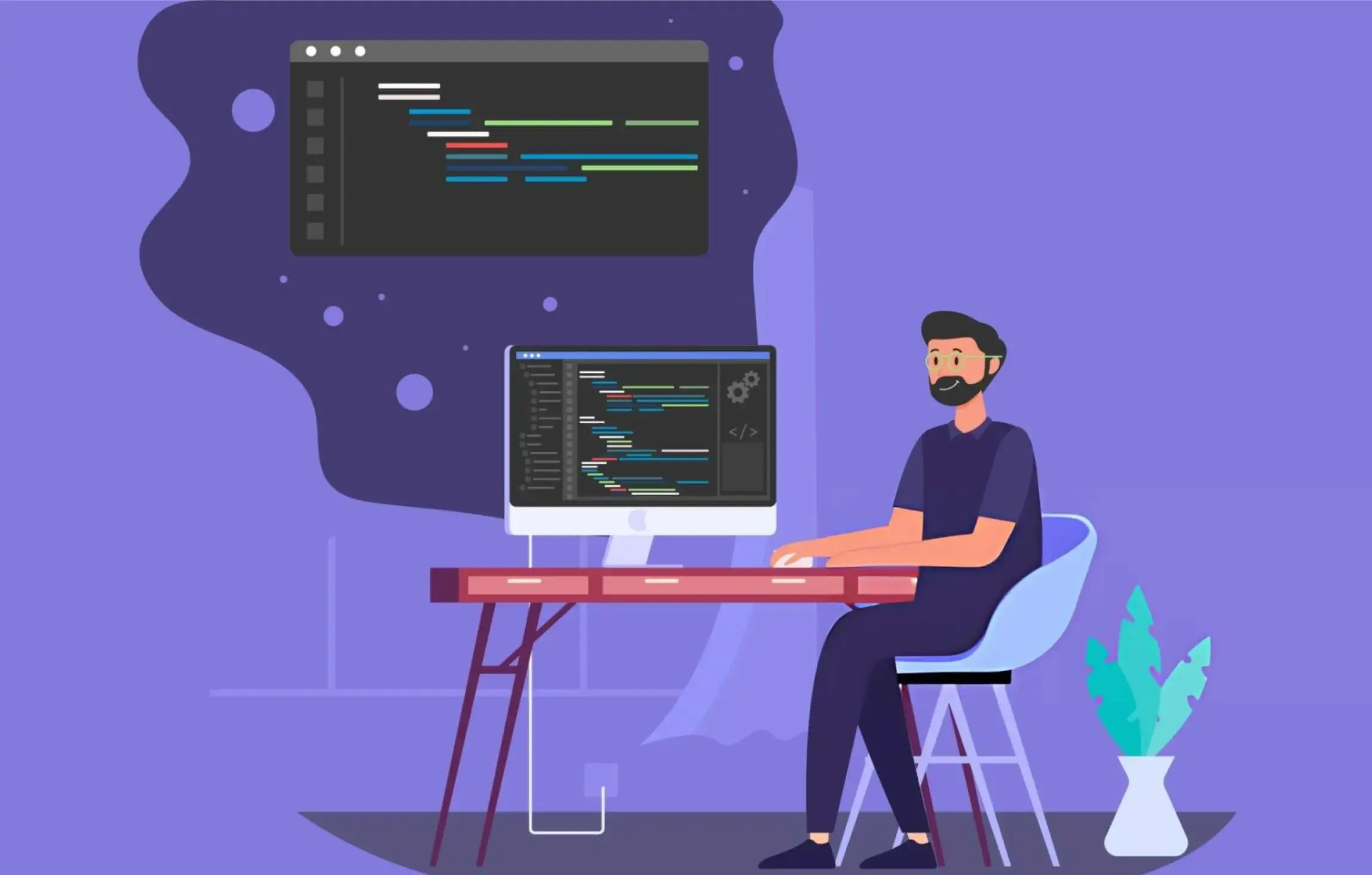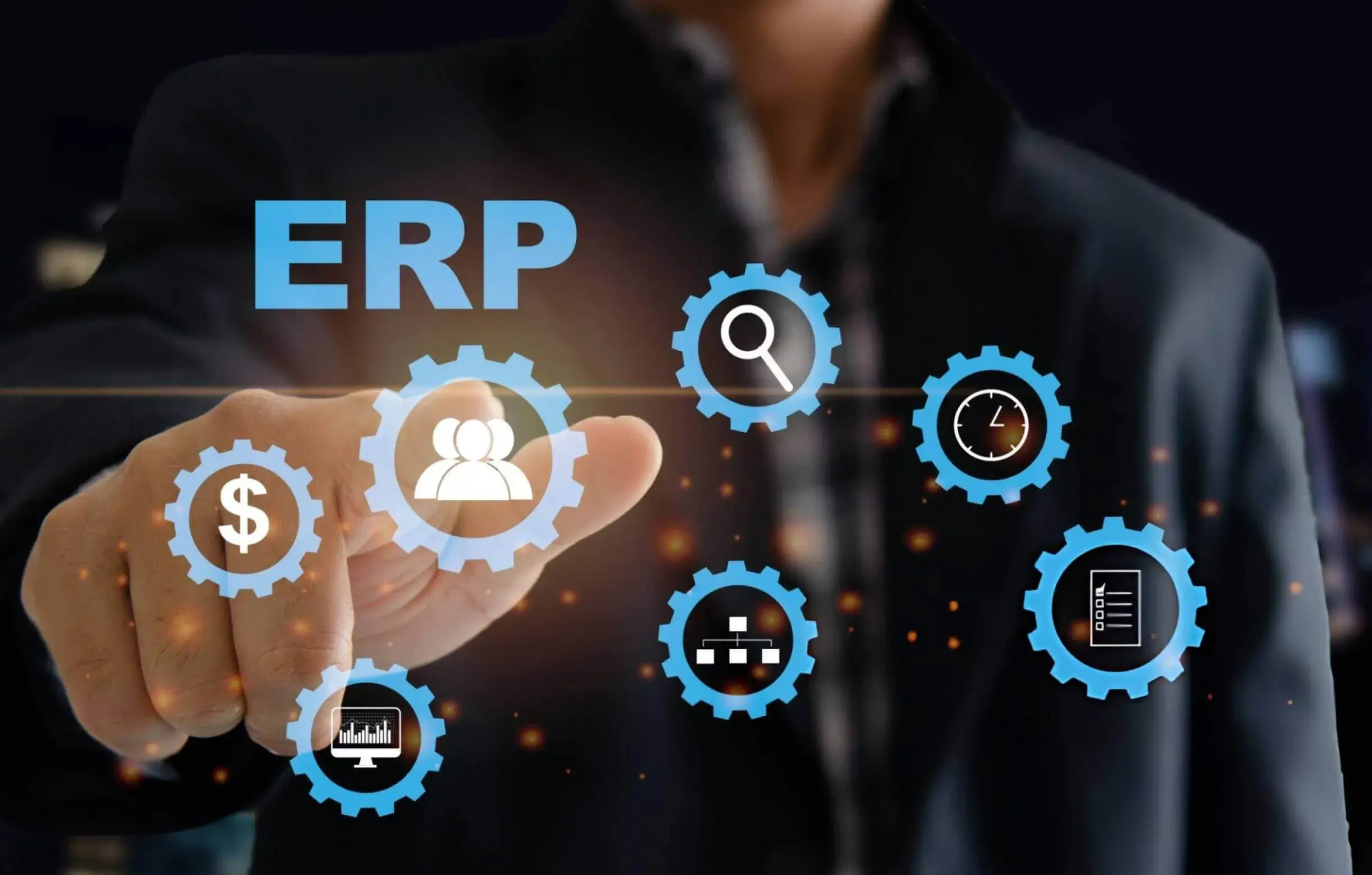Introduction
The web development landscape continues to evolve at a breathtaking pace. As we progress through 2025, several transformative technologies and approaches are reshaping how developers build and users experience the web. From AI-driven development tools to advanced frameworks and design paradigms, staying current with these trends isn't just beneficial—it's essential for developers, businesses, and organizations looking to maintain a competitive edge in the digital space.
This article explores the most significant web development trends defining 2025, examining how they're changing development practices and what they mean for the future of the web.
The web is no longer just a platform for content consumption—it's becoming a universal computing environment where the boundaries between native and web applications are increasingly blurred. In 2025, developers who embrace this convergence will create the most impactful digital experiences.
1. AI-Augmented Development
Artificial intelligence has transcended its role as a specialized technology to become an integral part of the web development process. In 2025, AI-augmented development has reached new heights of sophistication and accessibility.
AI Code Assistants
AI coding assistants have evolved beyond simple code completion to become collaborative partners in the development process. Advanced models now understand project context, recommend architectural decisions, and help refactor existing codebases. These tools can:
- Generate entire components based on natural language descriptions
- Identify potential security vulnerabilities and performance bottlenecks
- Automatically document code and explain complex functions
- Convert designs directly into responsive, production-ready code
Companies report productivity increases of 30-50% when utilizing these AI assistants effectively, allowing developers to focus on higher-level problem-solving while automating routine coding tasks.
Autonomous Testing
AI-driven testing frameworks now autonomously create comprehensive test suites by analyzing application behavior. These systems can identify edge cases human testers might miss and continuously adapt tests as applications evolve. The result is more thorough testing coverage with significantly reduced manual effort.
2. WebAssembly Reaches Mainstream Adoption
WebAssembly (Wasm) has finally achieved widespread adoption in 2025, fundamentally changing what's possible in browser-based applications.
Beyond JavaScript Performance
With major performance improvements and expanded language support, WebAssembly now allows developers to build web applications with near-native performance. This has enabled complex applications previously impossible in browser environments:
- Advanced video editing tools running entirely in-browser
- Complex 3D modeling and CAD applications
- High-performance scientific and data visualization tools
- Browser-based gaming experiences that rival native applications
Component Model Standardization
The WebAssembly Component Model has standardized how Wasm modules interact across language boundaries, creating a rich ecosystem of reusable components. Developers can now easily integrate modules written in Rust, C++, Go, and dozens of other languages into their web applications.
3. Server Components and Streaming Architectures
React Server Components and similar technologies in other frameworks have matured significantly, leading to wide adoption of hybrid rendering approaches that optimize both performance and developer experience.
Streaming-First Design
Applications are increasingly built with streaming-first architectures, where content and interactivity arrive progressively as needed. This approach has several benefits:
- Dramatically improved perceived performance, especially on slower connections
- Better resource efficiency through precise loading of necessary components
- Improved Core Web Vitals scores, benefiting SEO and user experience
- More resilient applications that degrade gracefully under poor network conditions
Hybrid Rendering Patterns
The line between static, server-rendered, and client-rendered content continues to blur. Modern frameworks now intelligently choose the optimal rendering strategy for each component and data piece, often combining multiple approaches within a single page view.
4. Design Systems & Consistent User Experiences
In 2025, design systems have evolved from simple component libraries to comprehensive platforms that ensure consistency across digital products.
Design Tokens and Semantic Design
Design tokens small, reusable design decisions expressed as data have become the foundation of scalable design systems. These tokens define everything from color palettes and typography to spacing, animations, and accessibility features.
Organizations are increasingly adopting semantic design approaches where design tokens reflect purpose rather than specific values (e.g., "primary-action-color" instead of "blue-500"). This approach facilitates:
- Easier theme switching and customization
- More consistent cross-platform experiences
- Simpler implementation of dark mode and alternative color schemes
- Better accessibility compliance through centralized control
AI-Enhanced Design Tools
Design tools now incorporate AI to help maintain consistency and suggest improvements. These tools can analyze existing designs to ensure adherence to design systems, automatically generate component variations, and even suggest accessibility improvements.
5. Edge Computing and Distributed Web Apps
The edge computing paradigm has transformed how web applications are deployed and scaled in 2025.
Edge Functions Everywhere
Edge functions—small, purpose-specific code snippets running on globally distributed networks—have become the preferred deployment method for many application features:
- Authentication and authorization logic
- Personalization and A/B testing
- Image and content transformation
- Bot detection and security filtering
- Data aggregation and transformation
This approach reduces latency by processing data closer to users while maintaining the scalability benefits of serverless architectures.
Distributed Data Solutions
As applications become more distributed, new patterns for managing data across edge locations have emerged. Technologies like:
- Globally replicated databases with conflict resolution
- Edge-compatible ORM layers
- Distributed caching strategies
- Edge-aware state management libraries
These solutions help developers maintain data consistency while leveraging the performance benefits of edge computing.
6. Expanded Browser APIs and Capabilities
Modern browsers continue to gain powerful native capabilities that previously required separate applications or plugins.
Increased Hardware Integration
Web applications can now seamlessly interact with more device hardware through standardized APIs:
- Advanced camera controls for computational photography
- File system access with enhanced permissions models
- Direct USB and Bluetooth device communication
- WebNFC for contactless interactions
- WebGPU for hardware-accelerated graphics and computation
Progressive Web Apps 2.0
Progressive Web Apps have matured significantly, with improved installation experiences and deeper integration with operating systems. In 2025, PWAs offer:
- Enhanced background processing capabilities
- Improved push notification permissions and engagement
- Better offline experiences with sophisticated sync patterns
- More seamless app store integration where appropriate
Many businesses now develop PWAs as their primary mobile strategy, with native apps reserved for specialized use cases.
7. Privacy-First Development
With increasing regulatory pressure and user concerns about data privacy, privacy-first development has become a default approach rather than an add-on consideration.
Privacy by Design
Web applications are increasingly built with privacy as a foundational principle rather than an afterthought. This includes:
- Data minimization strategies that collect only essential information
- Purpose-specific data processing with clear user communication
- Enhanced consent management systems
- Client-side processing where possible to avoid data transmission
- Privacy-preserving analytics approaches
Enhanced User Controls
Users now expect granular control over their data, leading to standardized interfaces for:
- Data export and portability
- Selective permission granting
- Privacy preference management
- Transparency around data usage and sharing
8. Enhanced Accessibility as Standard
Accessibility has moved from a specialized concern to a fundamental aspect of web development in 2025.
Automated Accessibility Testing
AI-powered accessibility testing tools now catch a wider range of issues during development, making it easier to create inclusive experiences from the start. These tools can:
- Simulate different user experiences and disabilities
- Provide context-aware recommendations for improvements
- Analyze dynamic content that traditional tools struggled with
- Automate complex testing scenarios like keyboard navigation
Accessible by Default Components
Component libraries and frameworks increasingly ship with strong accessibility features by default, including:
- Keyboard navigation and focus management
- Screen reader optimization
- High contrast support
- Motion sensitivity considerations
- Language and internationalization features
Conclusion
The web development landscape of 2025 reflects a maturation of many technologies that were emerging in previous years. AI has transformed from an experimental technology to an essential development tool. Edge computing has moved from specialized use cases to a standard deployment model. Accessibility and privacy have shifted from compliance checkboxes to foundational principles.
For developers and organizations, staying competitive means embracing these trends while maintaining focus on fundamentals: performance, user experience, and solving real problems. The most successful web projects will combine these cutting-edge technologies with solid engineering practices and a deep understanding of user needs.
As we look toward the future, the boundaries between web, mobile, and desktop development continue to blur. The web platform itself continues to expand its capabilities, enabling experiences that once required specialized platforms. By embracing these trends thoughtfully, developers can create experiences that are not just technologically impressive but genuinely valuable to users.




